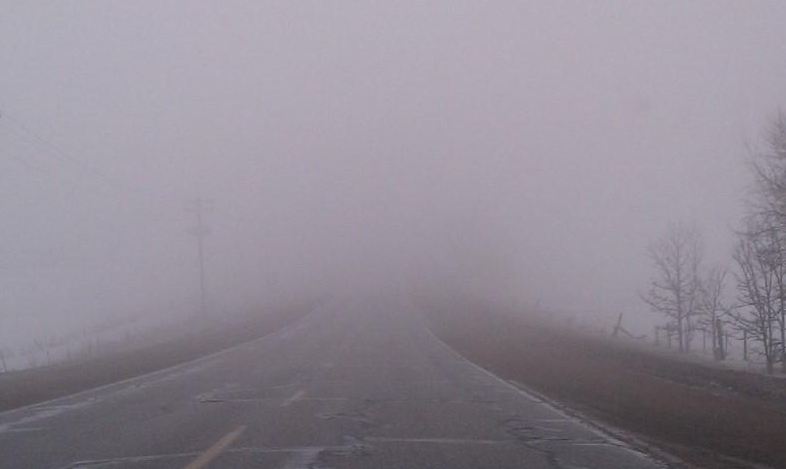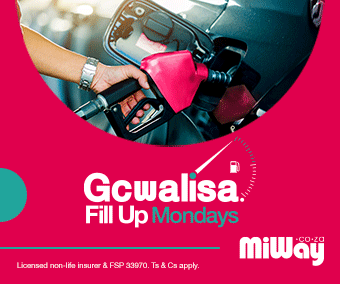Some South African motorists don’t seem to know when to use fog lights, and are often seen driving around with them switched on during the day. Let’s find out more when fog lights should be used.
WHAT ARE FOG LIGHTS USED FOR?
As the name indicates, fog lights are designed for driving in foggy, misty conditions, and in any situation with poor visibility. Front fog lights are designed to give out a low, white, and wide beam.
HOW DO FOG LIGHTS OPERATE?
Front fog lights are placed at a lower position so that their light does not reflect into the driver’s view, thus minimising poor visibility. The beam produced by fog lights is focused onto a shorter point in front of the car compared to standard lights. The wide beams of fog lights also enable the driver to see the sides of the road during bad, foggy weather.
WHY CAN’T YOU USE THE CAR’S MAIN BEAMS DURING FOGGY CONDITIONS?
The whole idea is that fog lights provide improved visibility during fog and rainfall. When driving at night and in foggy conditions, using the main beams or ‘brights’, will cause light to be reflected back to the driver. This is because the headlights are almost at the same height as the driver’s vision. This effect causes visibility to be seriously impaired, and could place the driver and occupants in great danger.
WHAT ARE REAR FOG LIGHTS?
Rear fog lights are found inside the taillight areas in a car, and are bright red when switched on, to warn other drivers approaching. The intensity of the red lights is there to address poor visibility conditions. Unfortunately, rear fog lights happen to be of the same light intensity as when brake lights are used in modern cars.
WHEN IS THE BEST TIME TO USE FOG LIGHTS?
The name ‘fog lights’ doesn’t mean that their use is only restricted to foggy conditions. They may as well be called ‘low visibility’ lights, to be used also when there is smoke, rainfall, or snowfall. Fog lights can be used at night, and because of their low position, they won’t adversely influence visibility of oncoming drivers.
DRIVE SLOWLY WHEN USING FOG LIGHTS
You need to give yourself enough time to react when driving under poor visibility. For this reason, drive much slower when using fog lights. If the fog gets really thick, it may be best to switch off the main lights and just rely on fog lights.
WHEN TO USE REAR FOG LIGHTS
In many cars, rear fog lights can be used separately from front fog lights. Drivers need to take careful note that use of these lights should be restricted to only when visibility is poor. The bright red colour of these lights can be easily confused with brake lights. If left on during the day, drivers may think you are braking the car. The real problem comes into play when you are actually braking but the motorist behind you may not realise this, and may crash into you. In addition, under dusk conditions, the intense brightness of rear fog lights could temporarily blind drivers approaching from the rear.
IT IS ILLEGAL TO USE FOG LIGHTS DURING THE DAY OR CLEAR WEATHER
According to Regulation 163 (6) of the National Road Traffic Act, 93 of 1996, no one is allowed to switch on their fog lights, except when there is poor visibility.
To sum up, fog lights play a crucial role when travelling under poor visibility. Using them correctly may save your life and those with you in the car. The issue is to know when to use them. The dangerous aspect of using rear fog lights incorrectly is that drivers may not be aware when you are braking, and may crash into you as a result. Talking of which, hopefully you have affordable car insurance with a reputable company such as Prime Meridian Direct?
Safe Driving in the Fog and Mist
Safe Driving in Bad Weather – Adjust Speed, Following Distance and Driving https://t.co/17EhoP1Xgz #ArriveAlive @TrafficRTMC @DoTransport pic.twitter.com/XiyH1LbHnh
— Arrive Alive (@_ArriveAlive) October 31, 2018


























